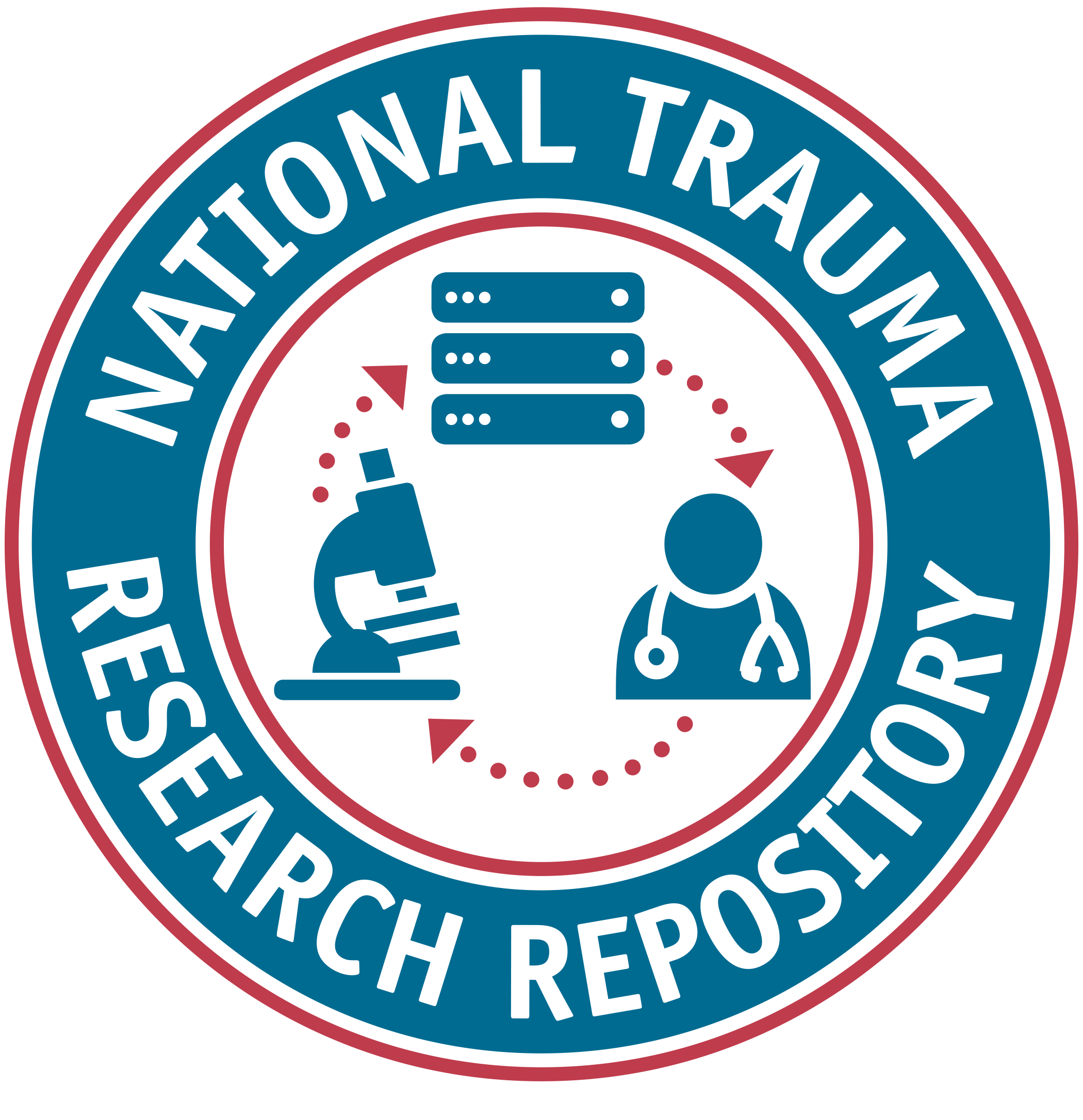Listed below are the details for the data element.
FITBIR
1.0
Element Type
Common Data Element
NIH Toolbox Sensation Domain Vestibular Measure Dynamic Visual Acuity Test - Test 1 indicator
NIHTBVATest1Ind
Short Description
Indicator of Test 1 (with glasses or contact lenses if usually worn for distance vision), as part of the NIH Toolbox Sensation Domain Vestibular Measure Dynamic Visual Acuity Test
Definition
Indicator of Test 1 (with glasses or contact lenses if usually worn for distance vision), as part of the NIH Toolbox Sensation Domain Vestibular Measure Dynamic Visual Acuity Test
Notes
The NIH Toolbox Dynamic Visual Acuity Test (DVA) is a measure of gaze stability during head movement, which helps identify individuals who may have a deficit of the vestibular system (which regulates internal balance). First, the NIH Toolbox Visual Acuity Test must be administered, followed by the DVA Test. Participants are again seated 12.5 feet from a computer monitor at eye level. For the DVA Test, participants wear lightweight headgear that contains a rate sensor and are asked to move the head back and forth, as if saying no. Once the head is measured to be moving at greater than 180 degrees per second by the rate sensor, an optotype flashes on the monitor, and the participant is asked to identify it. As with the Visual Acuity Test, only the letters H, O, T, and V are used for ages 3 to 7 while ages 8+ use the entire letter set. Smaller optotypes are displayed as the participant correctly identifies letters, and larger ones are displayed if the participant cannot correctly identify the letter shown, until the computer has calculated the smallest size that the participant can see with the head moving. This is calculated separately for head rotation leftward and rightward from center (though the participant continues shaking the head both ways), and this performance is compared to the participants visual acuity when the head was stationary (the NIH Toolbox Visual Acuity Test 16 score, sometimes referred to as static visual acuity in the context of the DVA test). The difference between static and dynamic visual acuity represents the vestibular contribution to gaze stability. The DVA Test takes approximately six minutes to administer and is recommended for ages 3-85.
Creation Date
2016-06-03
Historical Notes
References
Copyright 2006-2012 National Institutes of Health and Northwestern University. http://www.nihtoolbox.org/WhatAndWhy/Sensation/Vestibular/Pages/NIH-Toolbox-Dynamic-Visual-Acuity-Test-.aspx
Data Type
Alphanumeric
Input Restrictions
Single Pre-Defined Value Selected
Population
Adult and Pediatric
Guidelines/Instructions
Visual Acuity Test 1 (with glasses or contact lenses if usually worn for distance vision): The examiner should click the START TEST button on the examiners screen. Each time a letter is displayed, say: Tell me, what letter is this? (At the examiners discretion, this can be replaced by: Go ahead after a few letters have been displayed.) It is the examiners job to use the computer to record whether the response was correct or incorrect by clicking either the Yes (correct) or No (incorrect) button. Simply note the
participants response, compare it to the correct answer listed on the examiners screen, and score it accordingly. The next item will not appear until the examiner has scored the item currently on screen (but it will appear immediately after the examiner clicks Yes or No). The test will progressively present smaller letters if the participant answers correctly and larger ones if the participant answers incorrectly, until an acuity score is found. The test will automatically end when the computer has
calculated the acuity score.
Preferred Question Text
Category Groups and Classifications
| Disease | Domain | Sub-Domain |
|---|---|---|
| Traumatic Brain Injury | Outcomes and End Points | Physical Function |
| General (For all diseases) | Assessments and Examinations | Physical/Neurological Examination |
Classification
Traumatic Brain Injury:
Supplemental
Acute Hospitalized
Concussion/Mild TBI
Moderate/Severe TBI: Rehabilitation
Epidemiology
General (For all diseases):
Supplemental
Keywords
Vestibular
NIH_Toolbox
Sensation
Dynamic_Visual_Acuity_Test
Labels





